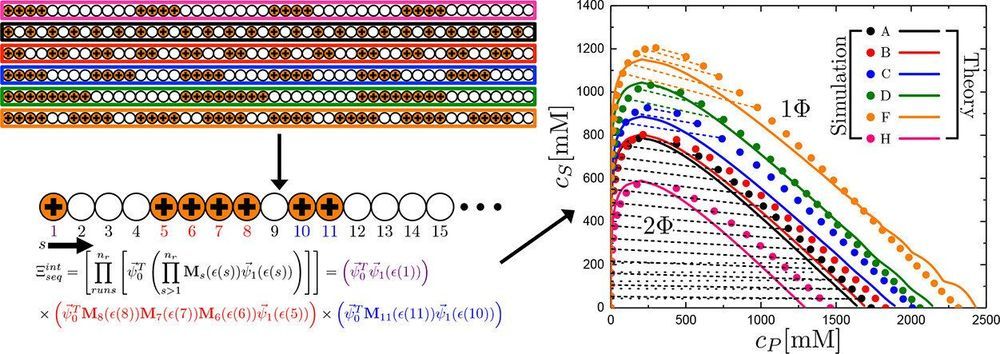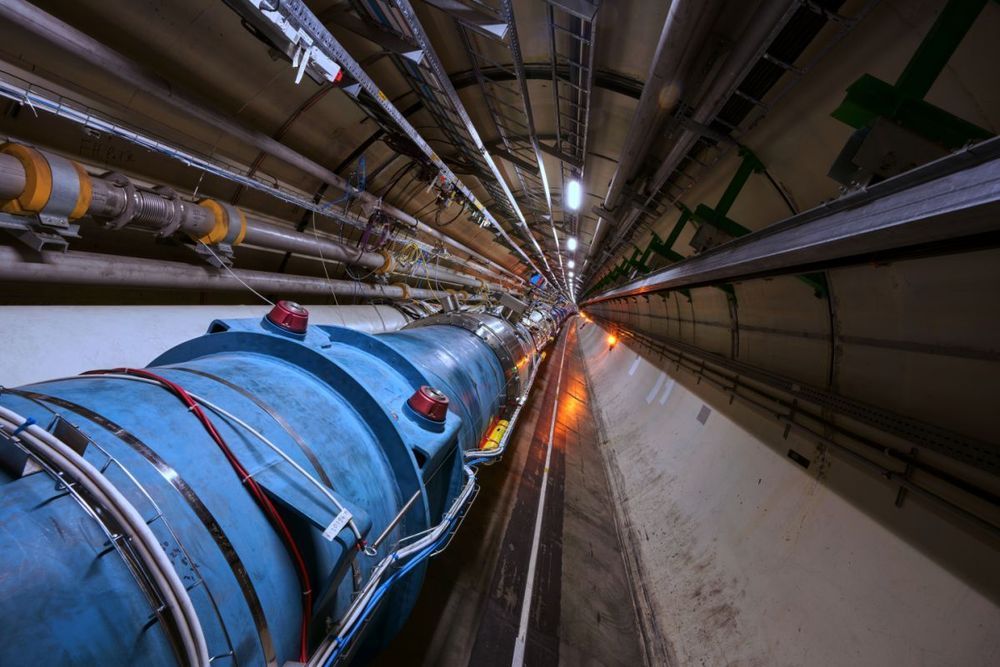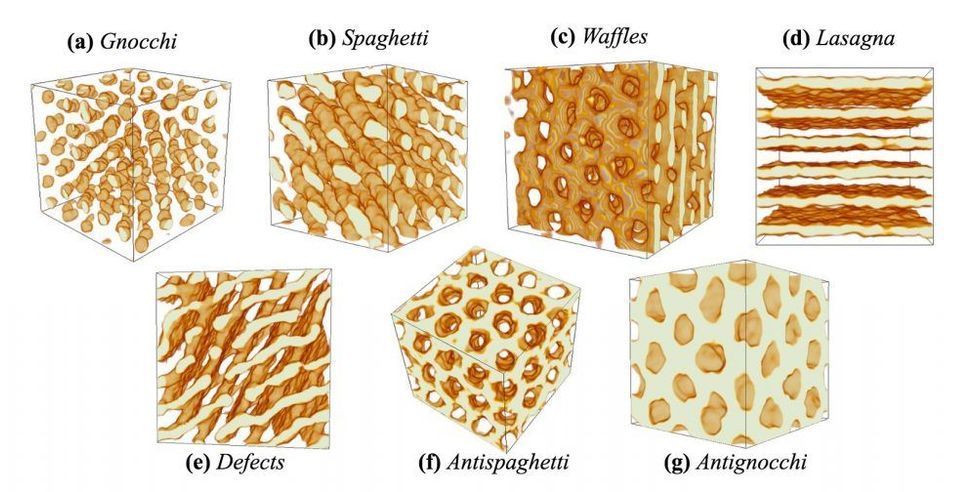Archive for the ‘physics’ category: Page 247
In keeping with the spirit of the age, researchers can think of the laws of physics as computer programs and the universe as a computer.
- By Seth Lloyd, Y. Jack Ng on April 1, 2007
Jun 6, 2019
Black Hole Propulsion as Technosignature
Posted by Quinn Sena in categories: cosmology, physics
When he was considering white dwarfs and neutron stars in the context of what he called ‘gravitational machines,’ Freeman Dyson became intrigued by the fate of a neutron star binary. He calculated in his paper of the same name (citation below) that gradual loss of energy through gravitational radiation would bring the two neutron stars together, creating a gravitational wave event of the sort that has since been observed. Long before LIGO, Dyson was talking about gravitational wave detection instruments that could track the ‘gravitational flash.’
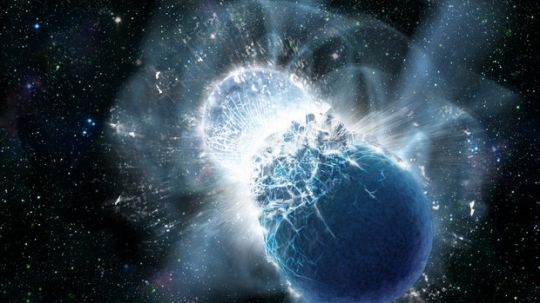
Image: Artist conception of the moment two neutron stars collide. Credit: LIGO / Caltech / MIT.
Continue reading “Black Hole Propulsion as Technosignature” »
Gold, silver and copper are heavy metals, but LLNL scientists can now make them nearly as light as air—in a form so tiny it can ride on a mosquito’s back.
The groundbreaking science, part of a joint NIF/Physical and Life Sciences (PLS) project supported by the Laboratory Directed Research and Development (LDRD) Program, created these ultra-low density metal foams to give physicists better X-ray sources to employ in experiments that support NIF’s Stockpile Stewardship mission.
The foam is the product of a nearly decade-long research effort by members of the Lab’s NIF and PLS directorates for use on inertial confinement fusion (ICF) experiments at NIF, the world’s most energetic laser system.
Jun 3, 2019
Something’s Hiding in Our Outer Solar System, But It Might Not Be Planet Nine
Posted by John Gallagher in categories: physics, space
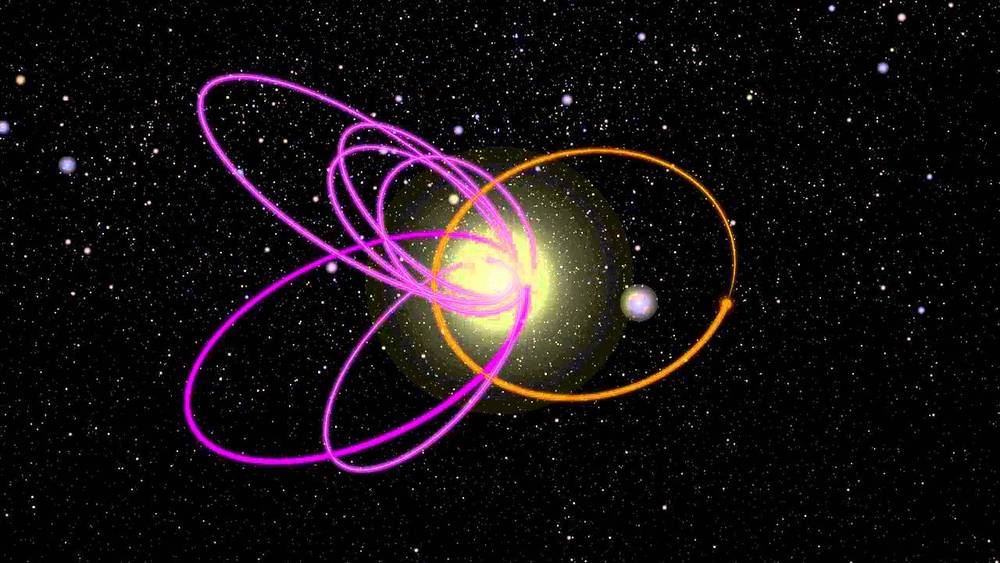
Somewhere in the outer reaches of the Solar System, beyond the orbit of Neptune, something wonky is happening. A few objects are orbiting differently from everything else, and we don’t know why.
A popular hypothesis is that an unseen object called Planet Nine could be messing with these orbits; astronomers are avidly searching for this planet. But earlier this year physicists came up with an alternative explanation they think is more plausible.
Continue reading “Something’s Hiding in Our Outer Solar System, But It Might Not Be Planet Nine” »
Jun 3, 2019
Researchers can now predict properties of disordered polymers
Posted by Genevieve Klien in categories: engineering, physics
Thanks to a team of researchers from the University of Illinois at Urbana-Champaign and the University of Massachusetts Amherst, scientists are able to read patterns on long chains of molecules to understand and predict behavior of disordered strands of proteins and polymers. The results could, among other things, pave the way to develop new materials from synthetic polymers.
The lab of Charles Sing, assistant professor of chemical and biomolecular engineering at Illinois, provided the theory behind the discovery, which was then verified through experiments conducted in the lab of Sarah Perry, assistant professor of chemical engineering at UMass Amherst, and Illinois alumna. The collaborators detailed their findings in a paper titled “Designing Electrostatic Interactions via Polyelectrolyte Monomer Sequence” published in ACS (American Chemical Society) Central Science.
The colleagues set out to understand the physics behind the precise sequence of charged monomers along the chain and how it affects the polymer’s ability to create self-assembling liquid materials called complex coacervates.
Continue reading “Researchers can now predict properties of disordered polymers” »
May 31, 2019
Supersymmetric ‘Sleptons’ Might Exist. But They’d Have to Be Huge
Posted by Quinn Sena in categories: cosmology, physics
The biggest, most expensive science experiment in the world might be losing all its dark matter. But physicists are looking on the bright side.
May 29, 2019
Neutron star material is ten billion times stronger than steel
Posted by Quinn Sena in categories: cosmology, physics
Neutron stars are born after supernovas, an implosion that compresses an object the size of the sun to about the size of Montreal, making them “a hundred trillion times denser than anything on earth.” Their immense gravity makes their outer layers freeze solid, making them similar to earth with a thin crust enveloping a liquid core.
This will help provide better understand gravitational waves like those detected last year when two neutron stars collided. The new results even suggest that lone neutron stars might generate small gravitational waves.
May 29, 2019
How Iron Man’s Stark Arc Reactor Would Work in Real Life
Posted by Quinn Sena in category: physics
Could Tony Stark’s arc reactor exist in real life? Probably not, but Gizmodo’s Ryan Carlyle made a valiant attempt to explain an almost realistic version of the science behind it. As a disclaimer, he warns, “Now, I’m mixing real science and fake science here. So physics nerds and comic-book nerds: Deal with it.”
May 29, 2019
Fully 3D Printed Rocket Engine in Just 3 Parts and Full Printed Rocket in 60 Days
Posted by Klaus Baldauf in categories: 3D printing, physics, space travel
Relativity Space is working to 3D print the Terran 1 rocket in 60 days using laser printing and direct energy deposition. They will have a test flight in 2020 and will have commercial flights in 2021.
They use proprietary materials which are custom designed for printing. They are using stronger alloys designed to take advantage of Stargate’s printing physics. They have highly reliable materials for printing rocket structures and are using an in-house metallurgy and material characterization lab.
Terran 1 Baseline:



